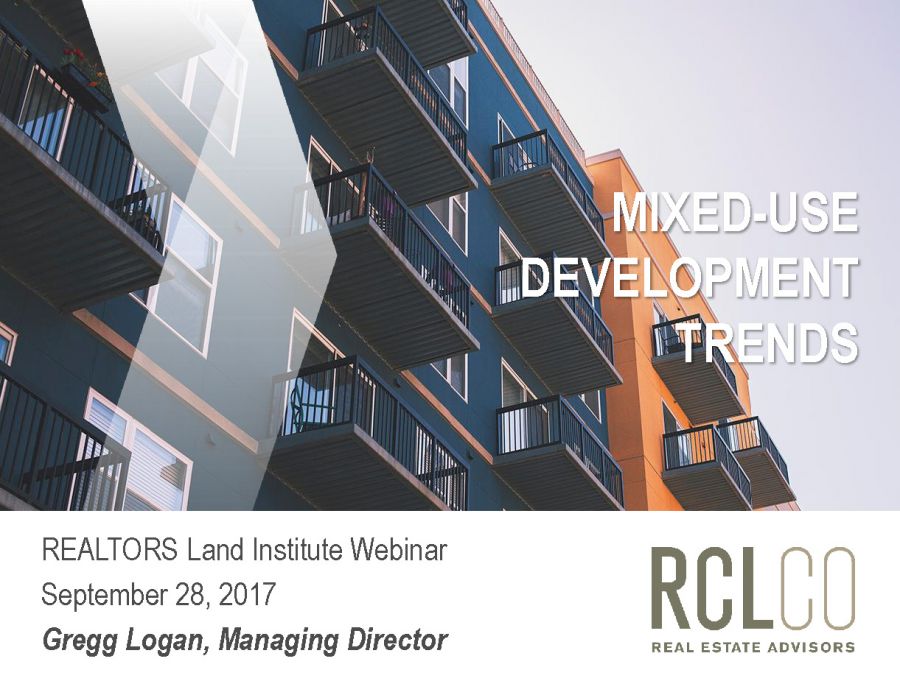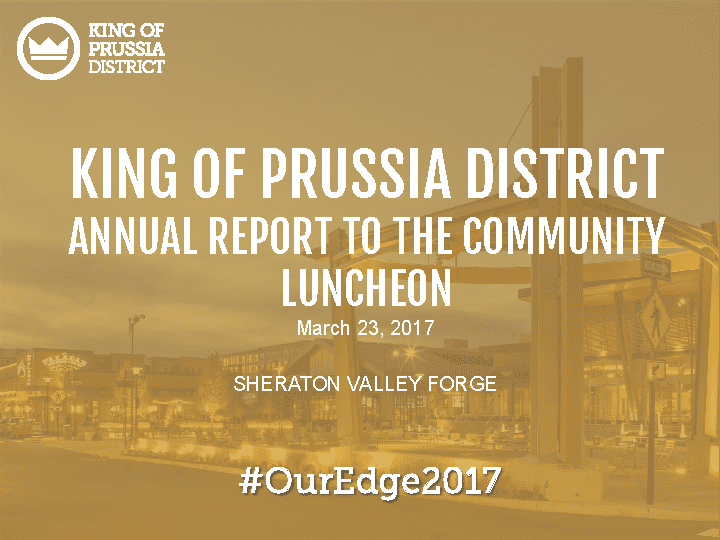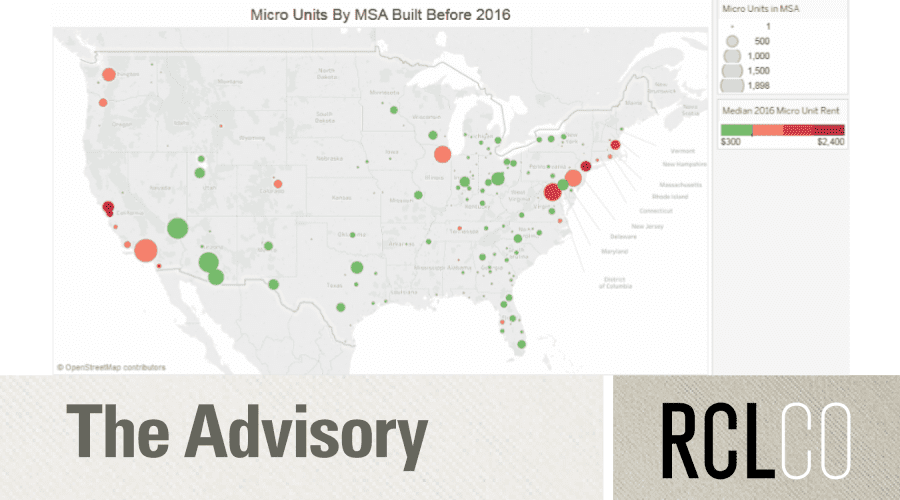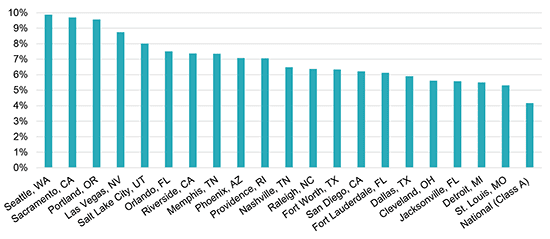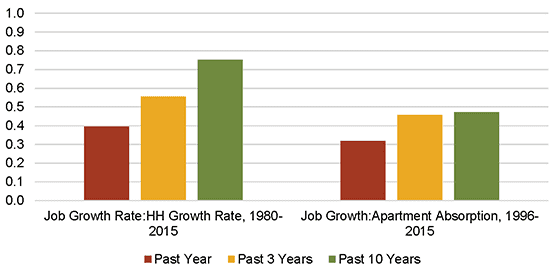Beyond the Census: Rapid Growth Among Second Generation Latinos

RCLCO is always asked where growth is occurring; when perhaps an equally important question might be “Who is growing?” According to the recently released 2010 Census, over half of the nation’s growth between 2000 and 2010 was a result of the increase in the U.S. Hispanic/Latino population.
 This population grew by 43% in the first decade of the millennium, from 35 million people in 2000 to over 50 million in 2010—now accounting for 1 of every 6 American residents. While the short-term implications are critical for professionals in all in- dustries to consider, the opportunities to appeal to Hispanics in every real estate product type, and in almost every market, will only become more sig- nificant as the population ages, as 23% of all non- adults in the U.S. are Latino.
This population grew by 43% in the first decade of the millennium, from 35 million people in 2000 to over 50 million in 2010—now accounting for 1 of every 6 American residents. While the short-term implications are critical for professionals in all in- dustries to consider, the opportunities to appeal to Hispanics in every real estate product type, and in almost every market, will only become more sig- nificant as the population ages, as 23% of all non- adults in the U.S. are Latino.
While those U.S. states that have traditionally been known for their large Hispanic populations have con- tinued to see growth in this segment, new hotspots for Hispanics continue to emerge. Most recently, this list includes Maryland, North and South Carolina, Arkansas, Tennessee, and Alabama—all of which more than doubled their Latino population between 2000 and 2010.
While we have historically attributed growth in the U.S. Latino population to immigration, there has been a shift over the last decade; now most of the growth is a result of high birth rates, which is about 2.5 births per woman, compared to about 1.9 for non-Latinos. The Pew Center for Hispanic Research reports that between 1990 and 2000 there were the same number of babies born to parents of Mexican origin as there were new immigrants—roughly 4.7 million. But in the last decade, there were 7.2 million babies born to parents of Mexican origin, and only 4.2 million new immigrants. In fact, the 2nd generation of Hispanics, which is the generation that are children of immigrants, is the fastest growing and now predominant seg- ment of all Hispanic youth (ages 16-25). This 2nd generation group warrants further understanding.
There is much discussion of the role of ethnicity and culture in real estate preferences, and in housing and retailing behavior in particular, but there is the added complication of immigrant generational status. The key defining characteristic of this 2nd generation, and it is often overlooked, is that it is both highly aspirational and in a quick sprint towards assimilation. It is 2nd generation Latinos that have historically made the largest strides forward in terms of educational attainment, language adoption and earnings, which means 2nd generation achievers will find themselves in unfamiliar territory and for all intents and purpose are “up for grabs” in terms of their shopping preferences (products and locations), housing needs, and access to expendable income.
So what does this generational transition mean to the retailing community, or to owners of retail real es- tate, many of whom are looking for any possible strategy to improve their market position? It suggests an entirely new and vastly different segment of the U.S. population—one with spending power of over $350 billion—who are decidedly different than their immigrant parents and not nearly as well served for their subtly different lifestyle and shopping patterns.
Retailers are well aware of the buying power of the growing Hispanic population. Latino grocery stores can be found in every major city in the country, from small local grocers to large chains such as Fiesta in Texas. National retailers have gotten into the game as well, with specialized Hispano-centric retail lines such as Walmart Supermercado and Publix Sabor. Additionally, stores have incorporated Spanish influ- ences into the shopping experience, including Spanish signage, Latin music, and more colorful interiors. RCLCO believes retailers can do even more to address the growing Hispanic population and the genera- tional differences.
So how do existing retail centers or organic concentrations of retail that have not historically drawn 2nd generation Latino traffic attract a significant portion of this new demographic audience? Whether you are reading this in Los Angeles or Des Moines, consider the following concepts that could expand your market:
- Grocery Stores – Hispanic grocery stores have been around for over twenty years and it may be time for a revival. Traditional Hispanic grocery stores appeal to nostalgia, piping in traditional salsa and meringue music and piping out smells of foods that remind shoppers of home. We recognize that the Hispanic grocery store is a huge success, drawing in recent immigrants from around the world who shop at Hispanic grocery stores for their broad selection and lower prices. However, there may be room in the market for a more modern Hispanic grocer, one that maintains the broad selection of foods but also caters to the growing affluence and sophistication of the 2nd generation Hispanic shopper.
- Culturally-themed shopping centers – Research indicates that as a group, Hispanics spend more money per visit, spend more time shopping, shop with family and friends more frequently than alone, and spend more money on certain goods and services, including basic food ingredients, beauty products, and baby-related items. With further research and focus group studies, a developer could create a shopping center that is designed to better appeal to the shopping habits of 2nd generation Hispanic shoppers.
- Restaurants – There are great Latino restaurateurs in every market in the country. Find the best local owners and operators and help them into a more sophisticated and contemporary store experi- ence in your center/neighborhood, perhaps with some retailer training and the cushion of a perfor- mance-based lease.
- Programming – Shopping center owners and managers can consider broadening programming to include cultural components that appeal to the 2nd generation Latino shopper. Events can include crossover music that blends Latin and American beats, such as Reggaeton, Bachata, and Spanish Rock; local bilingual music stations; or Latino actors, musicians, or personalities who have broken into the mainstream.
Article written by Eduardo Santana, Vice President
Related Articles
Speak to One of Our Real Estate Advisors Today
We take a strategic, data-driven approach to solving your real estate problems.
Contact Us
